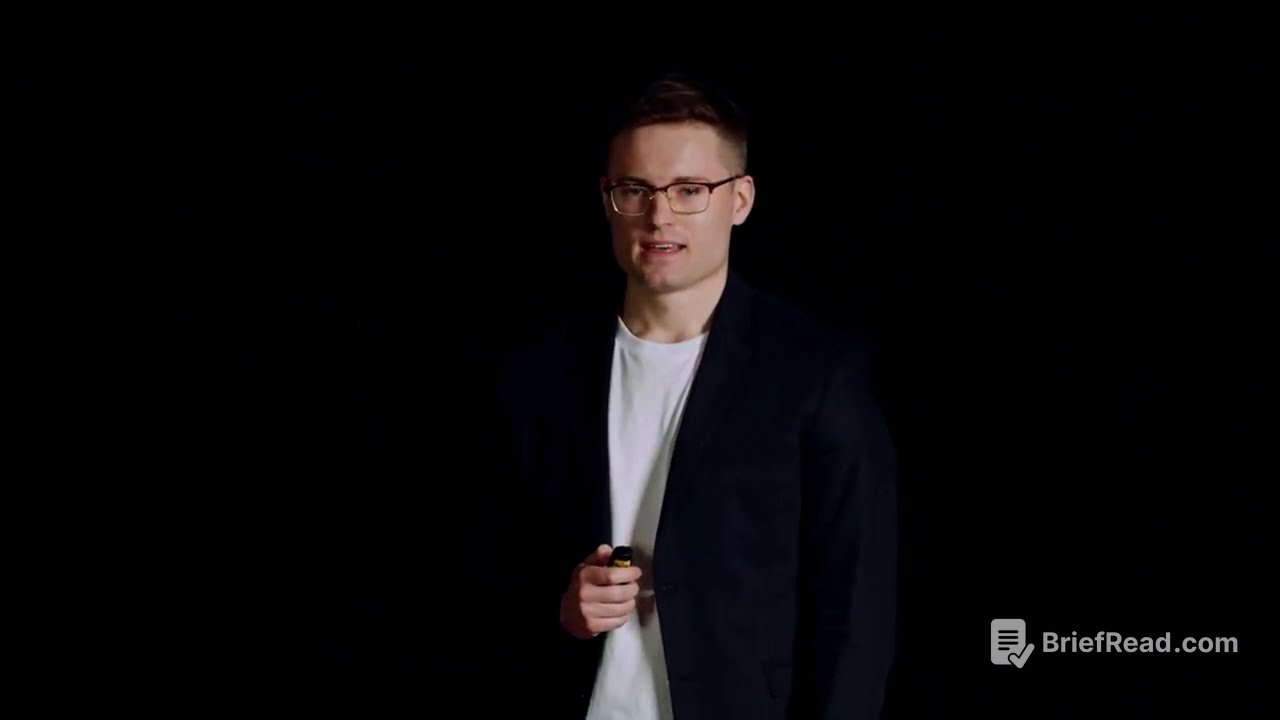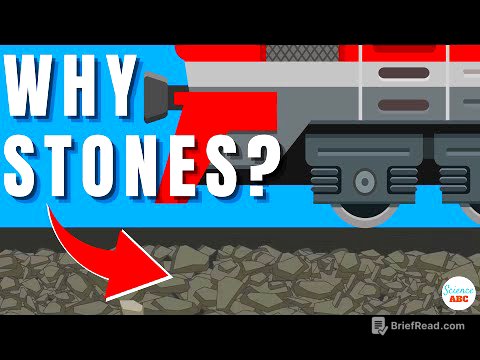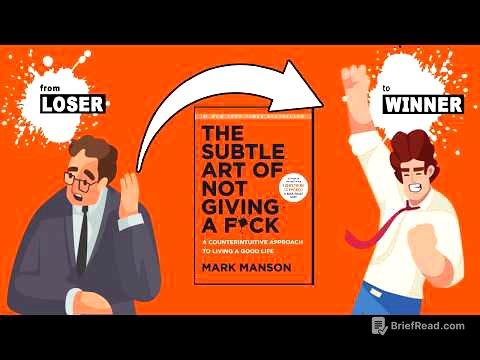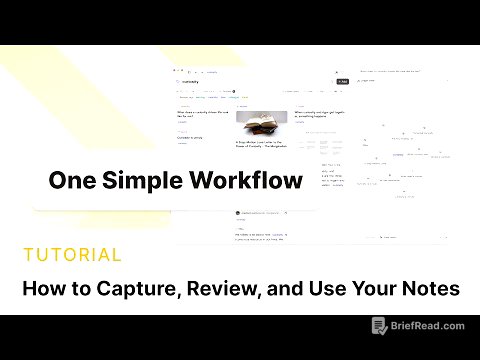TLDR;
Ryan Conlon discusses his personal journey with dyslexia, from struggling in school to recognizing it as a unique advantage. He highlights three secret upsides of dyslexia: enhanced creativity, problem-solving abilities, and spatial knowledge. Conlon argues that dyslexia should be viewed as a superpower rather than a disability, emphasizing the increasing importance of dyslexic thinking in the evolving workforce and the need for early detection and support.
- Dyslexia is often misunderstood as a reading and writing issue, but it offers unique strengths.
- Dyslexics exhibit enhanced creativity, problem-solving skills, and spatial knowledge.
- The future workforce values the cognitive strengths of dyslexics, especially in creative and social skills.
Early Struggles and Diagnosis [0:09]
Ryan Conlon recounts his early academic struggles, marked by poor performance in reading, writing, and spelling despite his strong social skills and behavior. His first school report indicated excellent social adjustment but noted poor concentration and a need for extra help with reading and phonetics. Throughout his schooling, he consistently found himself in the lowest classes and required supplementary English classes. It wasn't until 4,380 days later that he was officially diagnosed with dyslexia, providing an explanation for his long-standing difficulties.
Defining Dyslexia [2:00]
Conlon explains that dyslexia, derived from Greek words meaning difficulty with language, is a specific learning disability affecting reading, writing, and spelling. Experts attribute it to phonological processing problems, a neurological issue that hinders the manipulation or decoding of language. Dyslexics often need to break words into parts to read them, which slows their pace compared to others. The condition varies in severity and tends to run in families. Despite the challenges, Conlon questions the societal stigma around dyslexia, suggesting it might be a superpower rather than a disability.
Creativity as a Dyslexic Upside [4:32]
Conlon identifies creativity as the first secret upside of dyslexia, noting that many dyslexics possess unique artistic abilities. He cites examples such as Orlando Bloom, Kiera Knightley, Pablo Picasso, Steven Spielberg, and Whoopi Goldberg. Sharing his personal experience, Conlon describes how his academic struggles led him to explore creative outlets like graffiti art. Research indicates a link between creativity and dyslexia, with studies suggesting that dyslexics compensate for decreased activity in the left side of the brain (responsible for language and logic) by using the right side, which enhances creativity and holistic thinking.
Problem Solving and Entrepreneurship [7:15]
The second upside Conlon discusses is the enhanced problem-solving abilities of dyslexics. He recalls engaging in various side projects during his school years, such as graffiti art on shoes and selling tie-dye shirts. Research reveals that dyslexics have a unique ability for trend spotting and creative problem-solving, contributing to a high percentage of dyslexic entrepreneurs. Studies show that dyslexic entrepreneurs are more common in the UK and US compared to the average citizen. This advantage stems from dynamic reasoning (identifying future trends from past information) and interconnected reasoning (connecting seemingly unrelated concepts), as highlighted in "The Dyslexia Advantage."
Spatial Knowledge and Thinking Outside the Box [9:56]
Conlon presents spatial knowledge and the ability to think outside the box as the third secret upside of dyslexia. Reflecting on his transition to university, he realized his passion for design and innovation despite struggling with exams. Many successful fashion designers, architects, and inventors, such as Tommy Hilfiger and Thomas Edison, are dyslexic. Tommy Hilfiger's story illustrates how dyslexia didn't hinder his success in fashion. Dyslexics often excel in material reasoning, which allows them to visualize objects from different perspectives, benefiting careers in architecture, engineering, and design.
Reframing Dyslexia as a Superpower [13:27]
Conlon emphasizes the importance of recognizing the upsides of dyslexia, as only a small percentage of people view it positively. This lack of understanding can lead to feelings of embarrassment and inadequacy among dyslexic individuals, affecting their confidence even in the workforce. However, dyslexic thinking is becoming increasingly valuable in the evolving job market. As automation reduces the demand for manual skills, creative and social skills, which are strengths of dyslexics, are becoming more critical. Conlon advocates for early detection and support, urging educators and society to recognize dyslexia as a valuable way of thinking and a superpower that can be unlocked.









